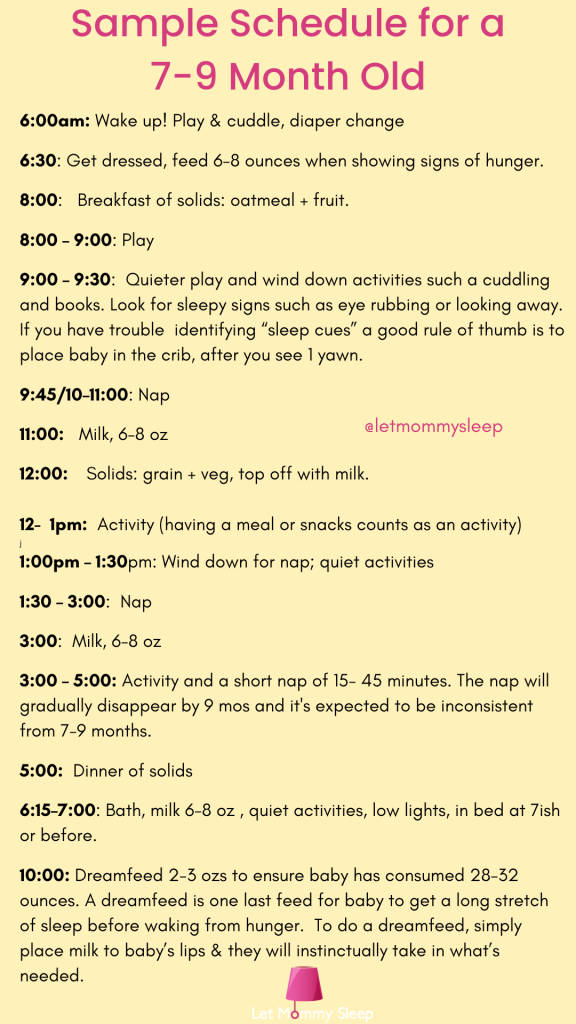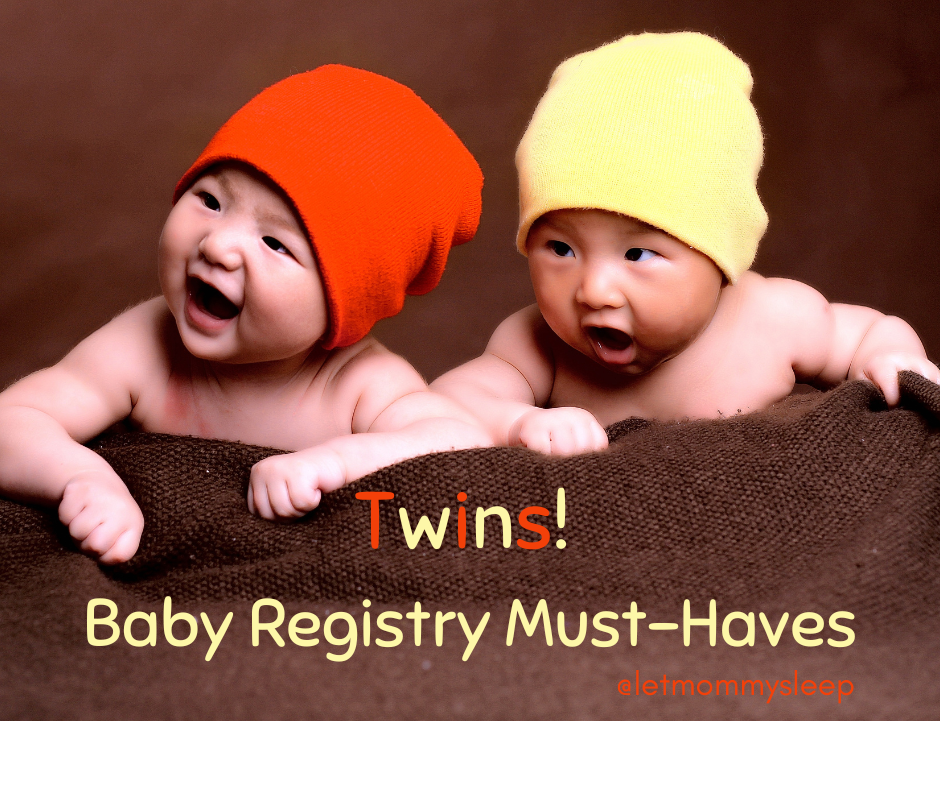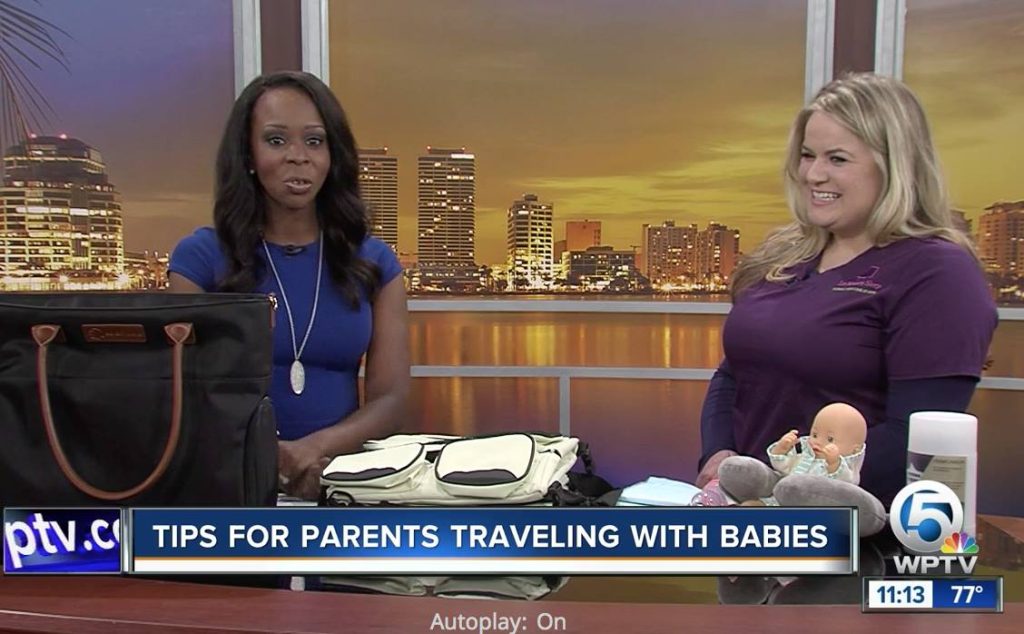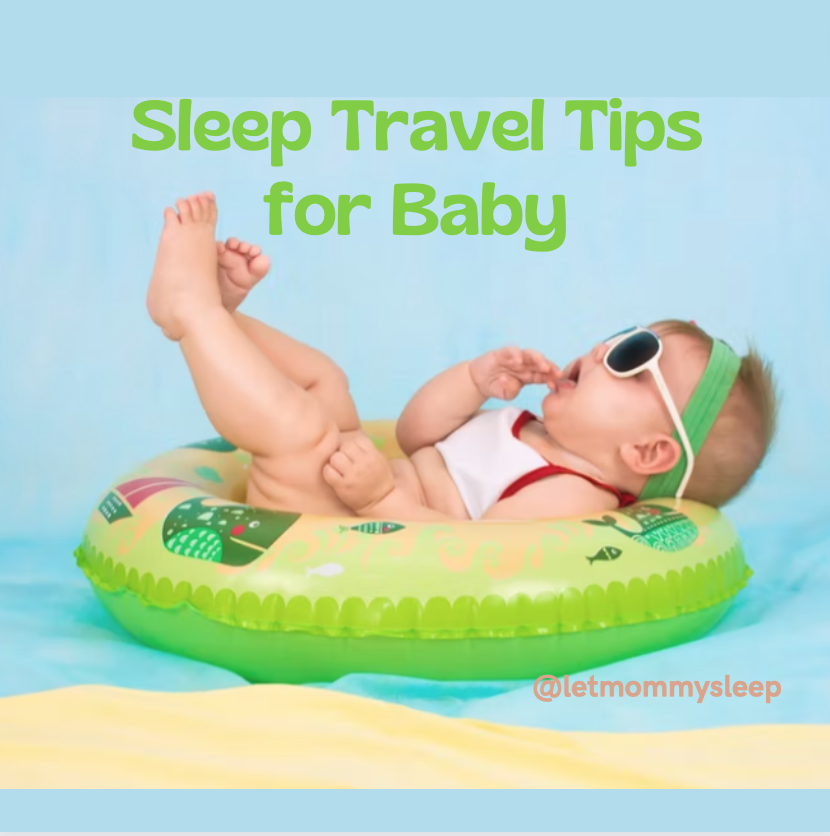Updated February 14, 2024 – Unlike physical emergencies which are often obvious to us, it can be hard to know when to reach out for help for mental issues. A good rule of thumb is that if you or someone you love is having thoughts that scare you, it may be an EMERGENCY, and help should be called. But what if you just feel “off”? Or your loved one doesn’t seem to be getting better? If you’re not sure what kind of support is needed, the Postpartum Mental Health Resources chart below can help.
Postpartum Mental Health Resources – An Overview
Below are postpartum resources in order of emergency need. Share and bookmark this resource.
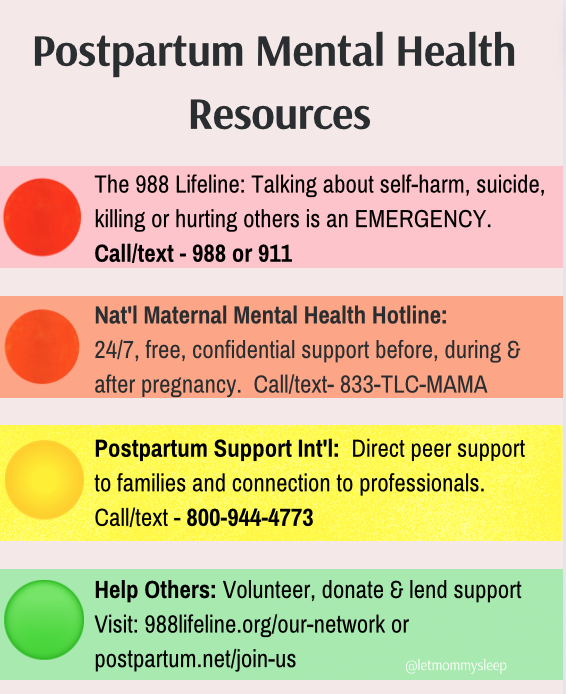
- Emergency Level of Care: The 988 Lifeline – Talking about self-harm, suicide, killing or hurting others is an EMERGENCY. The Lifeline provides 24/7, free and confidential support for people in distress. Call or text 988 from any phone or visit 988lifeline.org
- Emergency Level of Care: 911 – 911 can always intervene when an emergency is present. The threat of hurting oneself or others is an emergency.
- Non emergency – but still very necessary! – support before, during and after pregnancy: The National Maternal Mental Health Hotline: Free, confidential support 24/7 during all phases of maternal need. Call/text 833-TLC- MAMA (852-6262). The hotline offers access to professional counselors, referrals to local and tele-health providers and support group connection. Interpreter services in 60 languages are available.
- Support Level during Postpartum Phase: Postpartum Support International – The organization provides direct peer support to families, trains of professionals, and provides a bridge to connect them. 800-944-4773.
- Helping Others – Have you come out on the other side of mental health distress and now want to help others do the same? Or perhaps you’d like to donate to maternal health causes? You can train to become a crisis line volunteer, connect those in need with services or give to these causes by visiting: 988lifeline.org/our-network or postpartum.net/join-us.
Understand Mental Issues Before Baby Arrives
Perinatal or postpartum mood and anxiety disorders, also called PMAD’s, are the most common complication of pregnancy. Educate yourself and your loved ones about potential issues before baby arrives. Becoming familiar with “what’s normal” versus what’s not can make the difference between a bump in the road and a crisis situation. The good news is that education and support is out there!
Here’s how you can get educated about postpartum mental health:
- Learn and Talk About It Before Baby Arrives: First, learn the difference between typical “baby blues” and postpartum depression. This can help you to see when typical postpartum behaviors such as weepiness or fatigue cross the line to becoming a mental health concern. This is different for everyone depending their usual demeanor, so it’s helpful to understand you and your partner’s baseline moods and if they change in the weeks after baby arrives.
Questions you can ask yourself if you feel normal baby blues are blurring into a mood disorder are: Do I seem more sad than happy? or Does my partner have anxious thoughts that were never there before?
- Assign an Advocate: Partners are usually each other’s advocates and first line of defense in addressing mental health. If you don’t have a partner, ask a trusted loved one to specifically look out for your mental health. Visitors are almost all going to ask about the baby…how is he doing, how is she eating? And when someone asks how you’re doing, the default answer is almost always “Fine!”, and there’s no chance for a more substantive conversation. For this reason, parents should be on alert for changes in each other’s mood and behavior, or have a trusted love one taking on this role. It’s ideal to have as many people as possible tasked with protecting parents’ mental health, and there is no shame in doing this, so looking out for behavioral changes doesn’t have to be a secret!
- Dads & Partners – Dads and non-birthing partners are at risk of postpartum depression too. In fact, an NIH study notes depression can affect up to 25% of new fathers. Learn your own risks and bookmark resources like Postpartum Support Int’l that have specific tools for you.
- Family, Nannies & Caregivers – Building on the tips above, share these resources with those who can look out for you and your partner. In fact, many times when we’re in distress, others notice that we’re acting differently before we do.
- Understand Crisis Situations – It can be hard to know when to call a doctor or when to reach out for emergency help. If you’re unsure, Mara Watts, M.A., M., Ed. of Postpartum Support of Virginia has an excellent rule of thumb: “If you are having thoughts that scare you, this is an emergency.”
For ongoing mental wellness, support groups such as MOMSClub.org, which stands for Mothers Offering Mothers Support may be helpful. These are community based organizations that have groups based on zip code, so the parents in the group are your neighbors too! Parents of twins and higher order multiples might also find their local village at Multiplesof America.org.
Whatever level of support is needed, there is help for you. Please let us know if we can help connect you with these resources or provide overnight support to help you recuperate or get healthy. Mental and physical wellness depend on each other!

